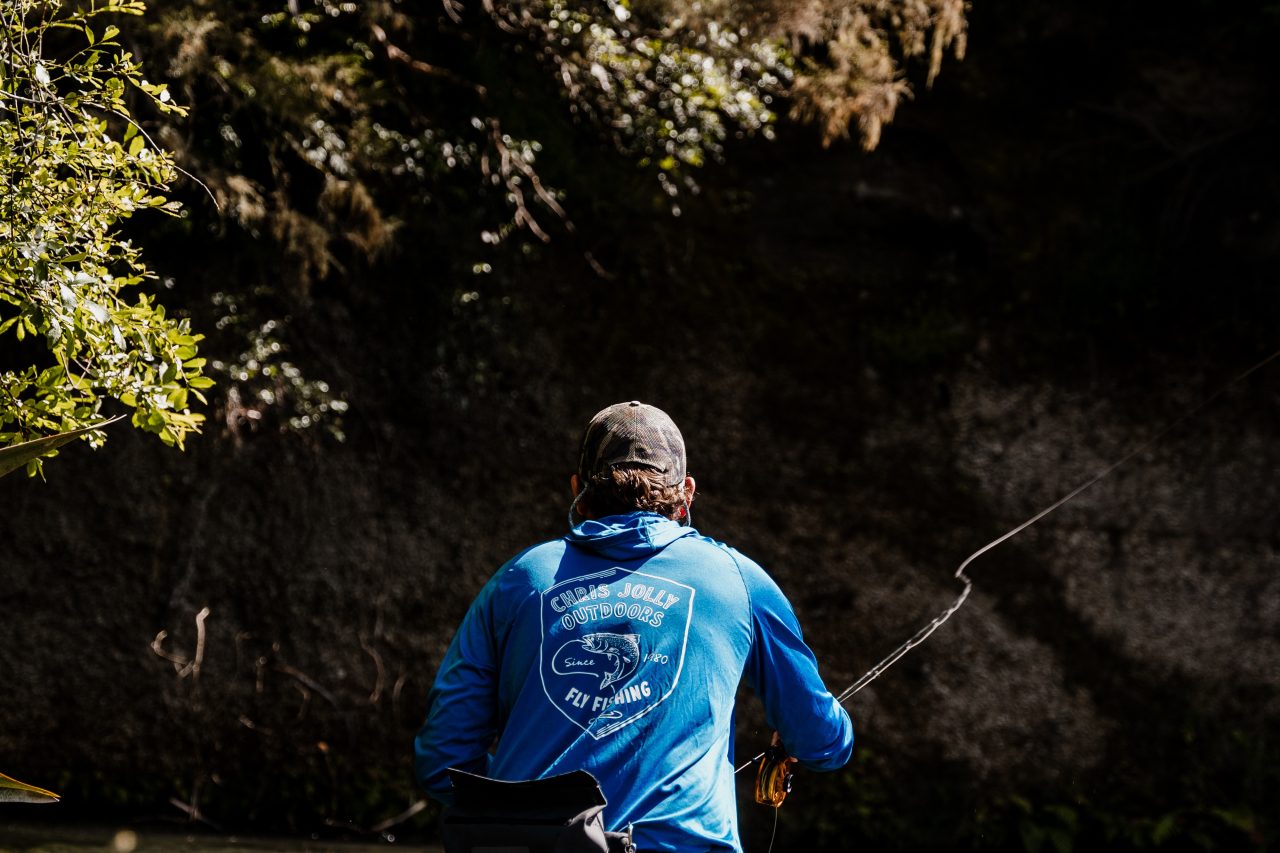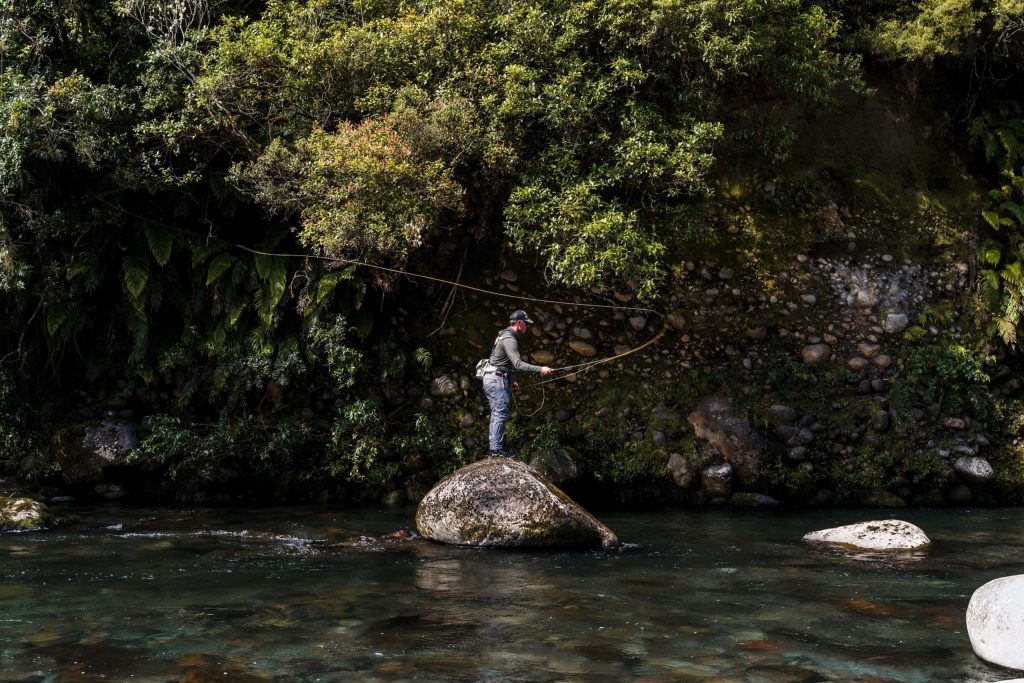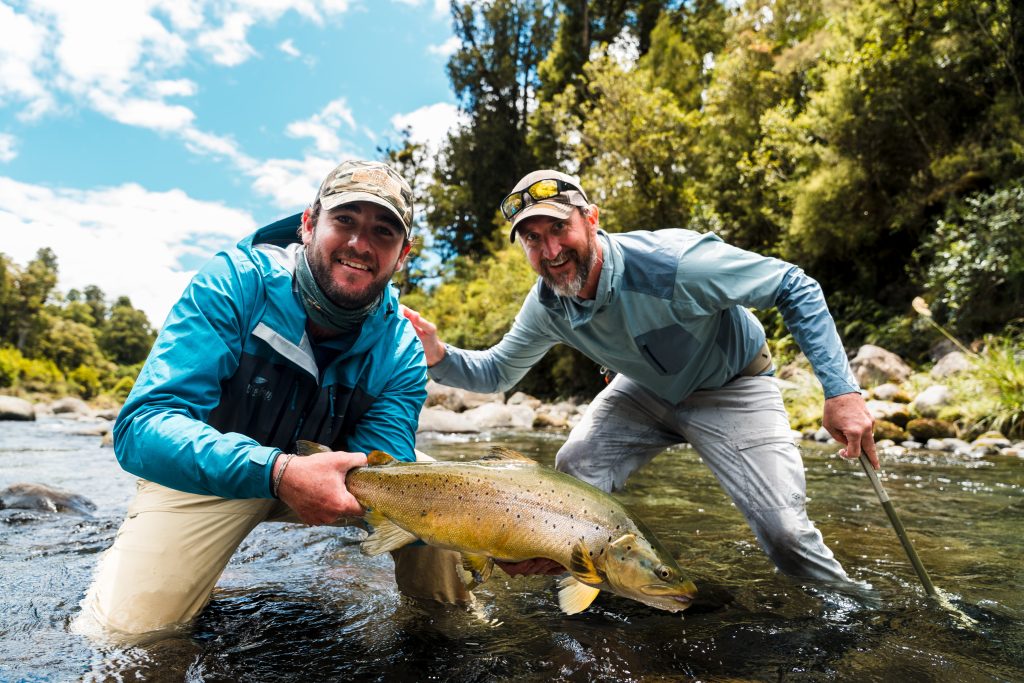Nymphing is a highly effective fly fishing technique that involves imitating the underwater life stages of aquatic insects, known as nymphs. These nymphs are a crucial part of a fish’s diet, particularly trout, making nymphing a go-to method for many seasoned anglers. Unlike dry fly fishing, where the fly floats on the surface, nymphing targets fish feeding beneath the surface, often at varying depths depending on the water column.
There are several styles of nymphing, each with its own unique approach and advantages:
- Traditional Indicator Nymphing: This style uses a buoyant indicator (similar to a bobber) to signal when a fish takes the nymph. It’s a versatile method suitable for various water conditions and depths. The indicator allows anglers to suspend the nymph at a precise depth, making it easier to target specific water columns. Adjusting the indicator’s position on the leader helps control the drift and depth of the fly.
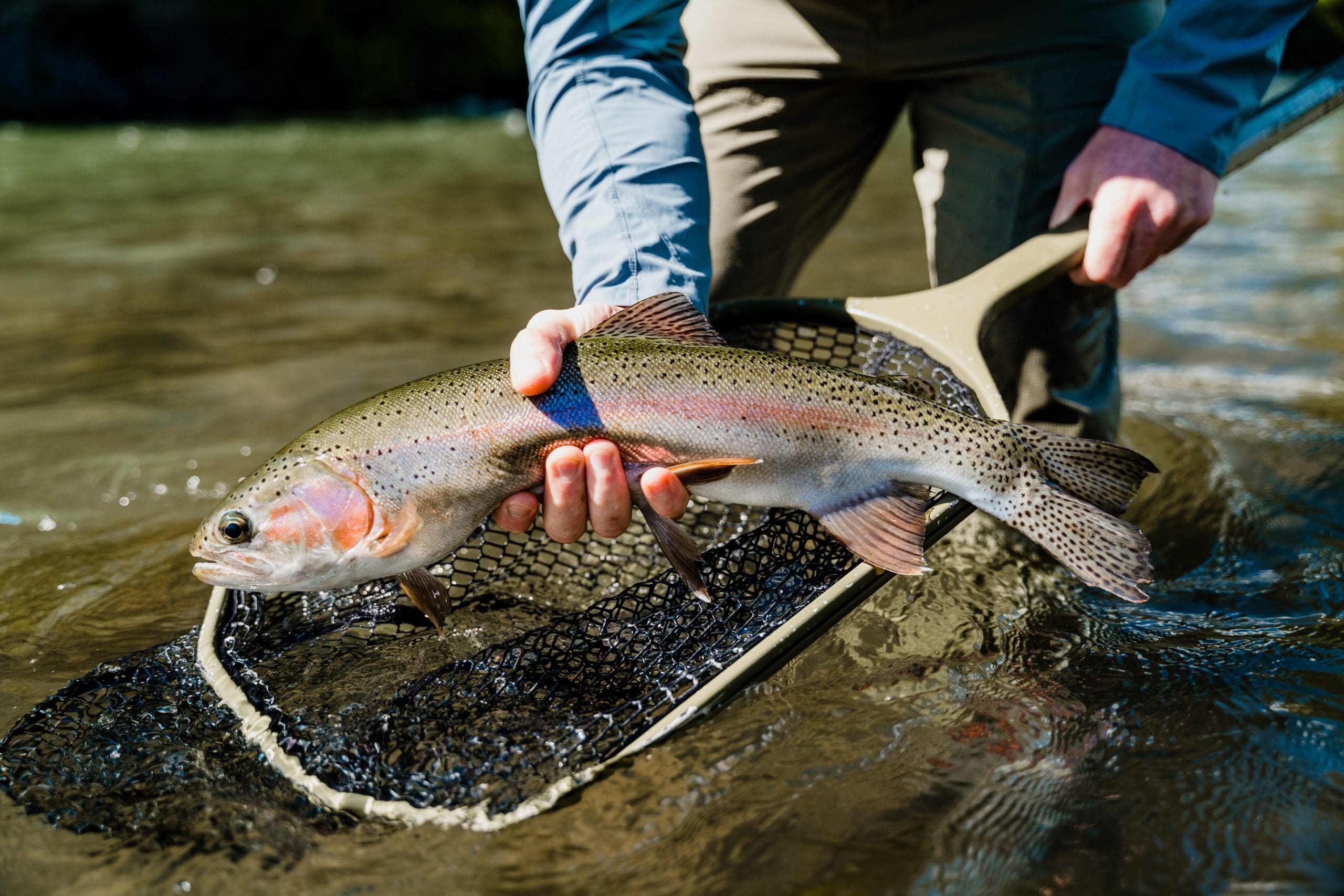
Technique and Equipment
Choosing Nymph Patterns: Selecting the right nymph patterns is crucial for success in nymphing. Some popular patterns include the Pheasant Tail, Hare’s Ear, Prince Nymph, and various beadhead nymphs. The choice of pattern often depends on the specific aquatic insects present in the fishing location. Matching the hatch, or choosing patterns that closely resemble the natural nymphs in the water, is a fundamental principle.
Setup:
- Leader Length: Typically ranges from 9 to 15 feet, depending on water depth and clarity. Longer leaders are preferred in clear, shallow waters where fish are easily spooked. For Euro and Czech nymphing, specialized leaders that include sighters are often used.
- Tippet Size: Fine tippets (5X to 7X) are used to allow for a natural drift and avoid spooking fish. Heavier tippets can be used in faster, rougher waters where abrasion resistance is necessary.
- Weight Adjustments: Using split shot or weighted flies helps achieve the desired depth. The goal is to get the nymph to drift just above the riverbed. For Euro and Czech nymphing, tungsten beads are commonly used to ensure the flies sink quickly.
Casting Techniques:
- High-Sticking: This technique involves keeping the rod tip high and the line tight to maintain direct contact with the nymph, allowing for better strike detection. It is particularly effective in fast-moving water where slack line can lead to missed strikes.
- Tight-Line Nymphing: Similar to high-sticking but focuses on maintaining a tight line from the rod tip to the fly, minimizing slack and enhancing sensitivity to strikes. This method requires precise control and constant adjustments to keep the line taut and the fly drifting naturally.
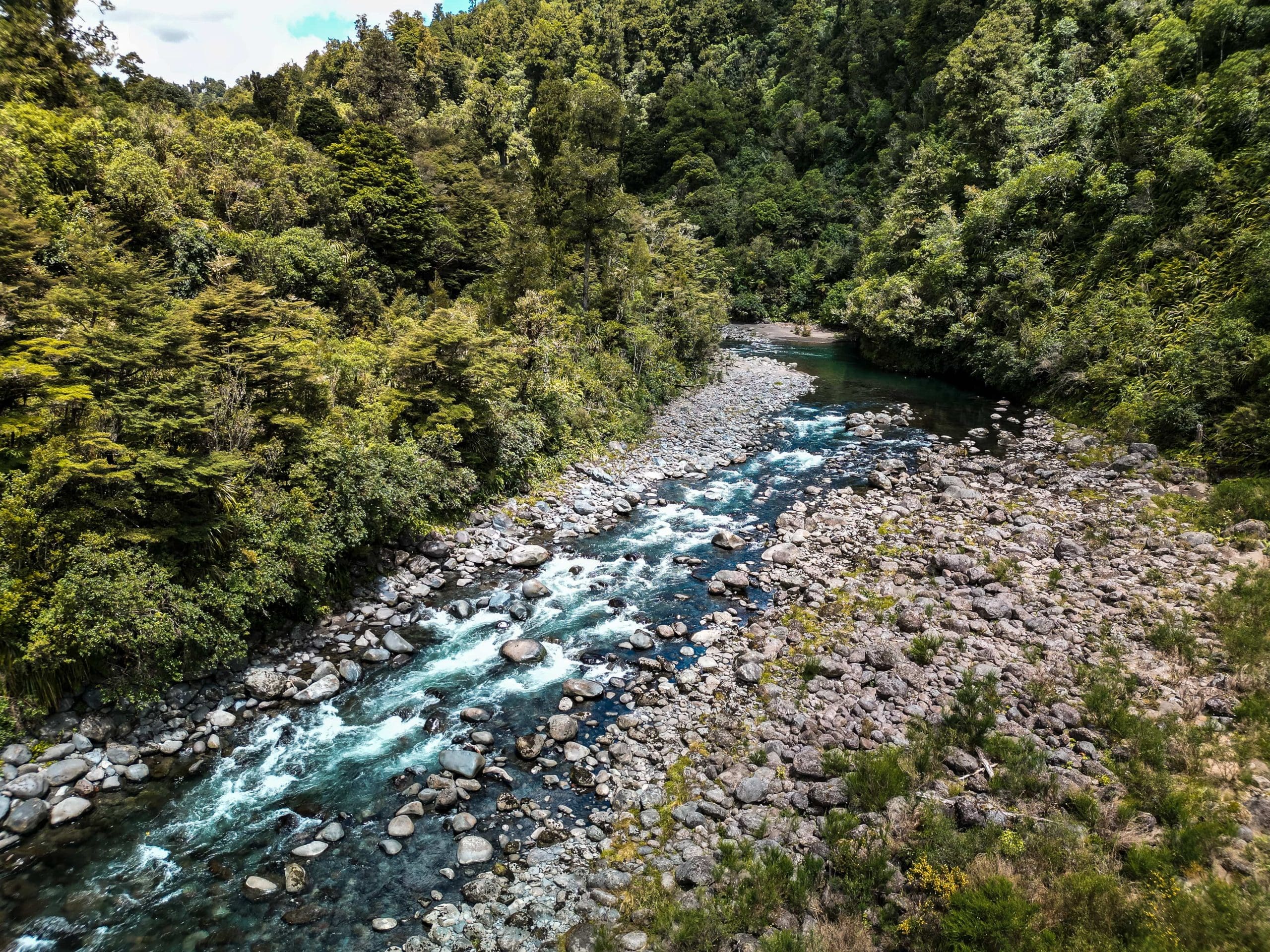
Environmental Factors
Understanding Water Currents: Reading the water is an essential skill for successful nymphing. Fish often hold in specific areas where the current brings food to them with minimal effort. Identifying seams (where fast and slow water meet), eddies, and other structures can help locate prime fishing spots.
Seasonal Variations: Nymph activity can vary with seasons. For example, spring and fall often see increased nymph movement as water temperatures and insect hatches peak. Understanding the life cycles of aquatic insects and their seasonal behavior can help in selecting the right patterns and techniques. During winter, fish may be less active and prefer slower, deeper water, requiring adjustments in presentation and fly selection.
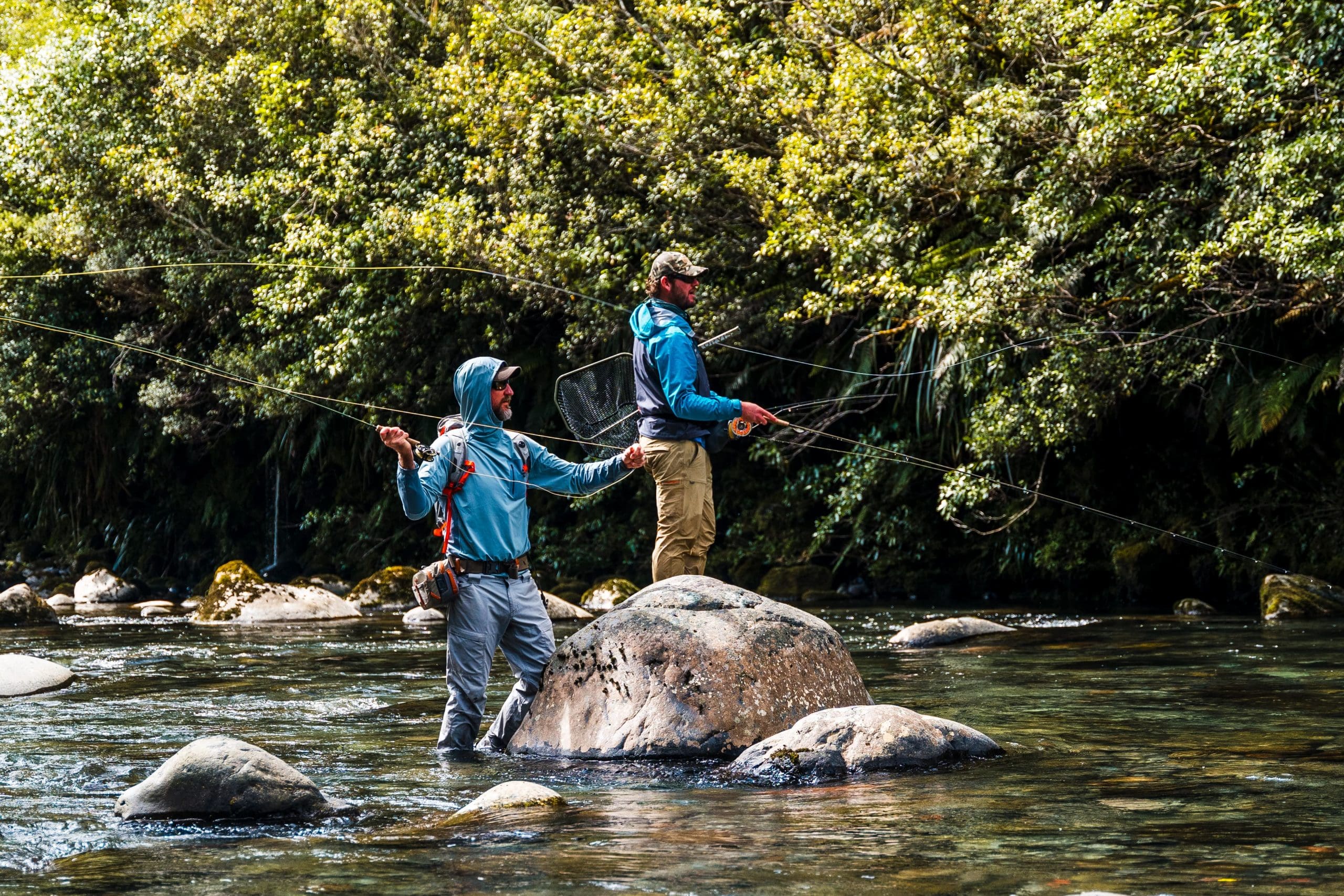
Advanced Tips
Detecting Subtle Strikes: Nymphing often involves very subtle takes. Watching for slight movements in the leader or indicator, or feeling gentle taps through the line, can indicate a strike. Practicing these skills will lead to more successful hook sets. In Euro and Czech nymphing, maintaining constant contact with the fly and watching the sighter for any unusual movements or hesitations is crucial.
Effective Use of Strike Indicators and Sighters: Strike indicators can be adjusted to match water depth and conditions. Using brightly colored sighters in Euro nymphing can enhance visual strike detection, especially in low-light conditions. For traditional indicator nymphing, varying the size and buoyancy of the indicator based on the weight of the fly and the depth of the water can improve performance.
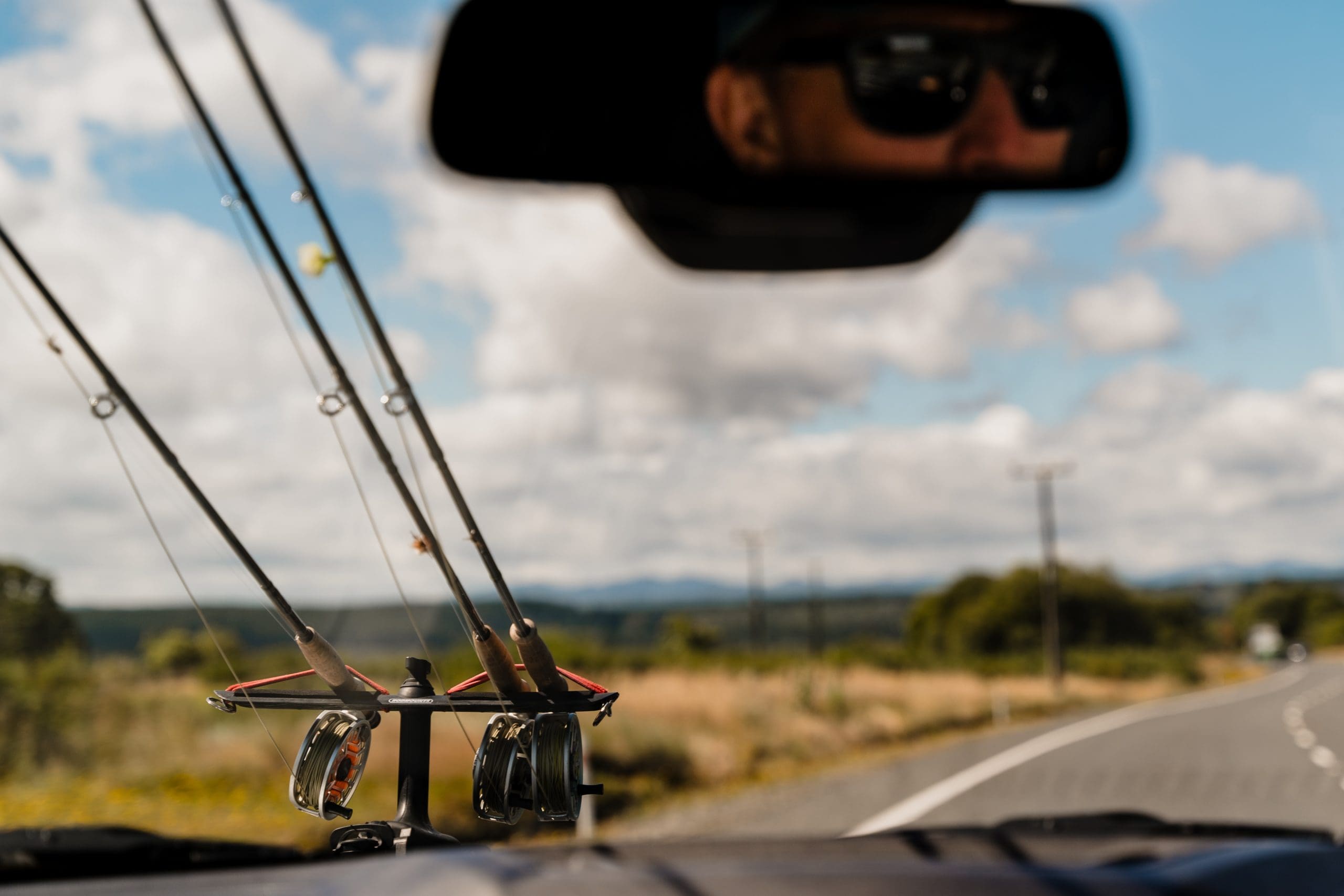
By mastering these techniques and paying close attention to environmental factors, anglers can significantly improve their nymphing success and enjoy more productive days on the water. Understanding the nuances of each nymphing style and adapting to the specific conditions of the water can lead to a more rewarding fly fishing experience.
Ready for Adventure?
Whether you’re an experienced angler or looking to hone your skills, our expert guides and world-class equipment ensure an unforgettable experience.


